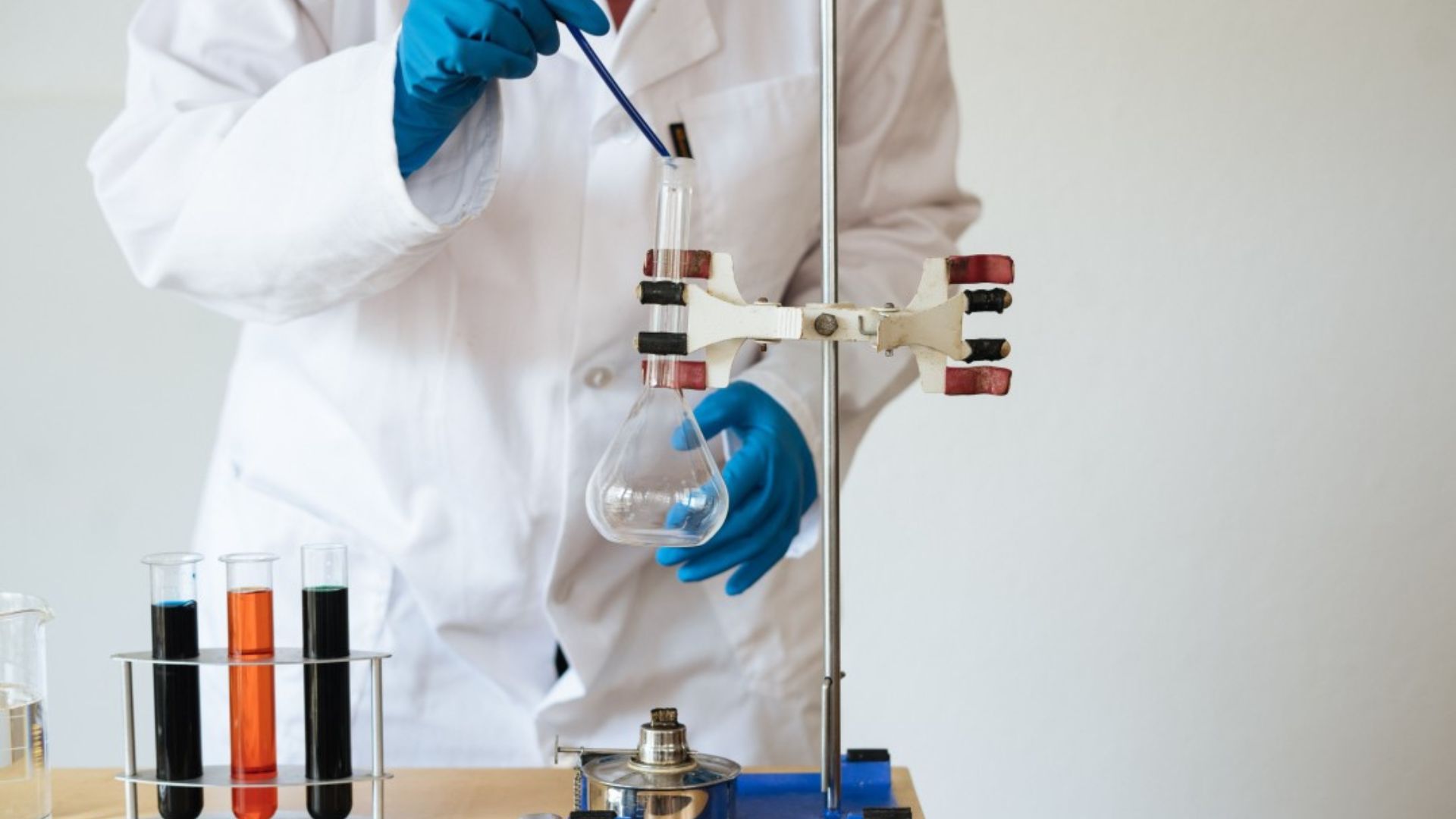Polymers are large molecules made up of repeating units called monomers. They are versatile materials found in many everyday products, from plastic bottles to clothing. The unique properties of polymers depend on their chemical structure and arrangement, which influences their various applications. Let’s explore more on the Chemistry of Polymers.

Chemistry of Polymers: Structure and Uses
What Are Polymers?
Polymers consist of long chains of monomers linked together through chemical bonds. These chains can vary in length, and the type of monomers used can create a wide range of polymers with different properties. Polymers are classified into two main categories: natural and synthetic.
Natural Polymers
Natural polymers are found in nature and include materials like cellulose, proteins, and natural rubber. Cellulose, for example, is a polysaccharide found in plant cell walls and is a primary component of paper and cotton.
Synthetic Polymers
Synthetic polymers are man-made and include plastics like polyethylene, polystyrene, and PVC. These polymers are widely used in packaging, construction, and numerous other industries due to their durability, flexibility, and cost-effectiveness.
Structure of Polymers
The properties of polymers are significantly influenced by their molecular structure, which includes factors like chain length, branching, and cross-linking.
Chain Length
The length of the polymer chain affects its physical properties. Longer chains typically result in stronger materials, as they have more points of contact and entanglement. This is why some plastics are tough and resistant to breaking.
Branching
Branching occurs when side chains are attached to the main polymer chain. The degree of branching can affect the density and melting point of the polymer. For example, low-density polyethylene (LDPE) has many branches, making it flexible and used in products like plastic bags.
Cross-Linking
Cross-linking involves bonding different polymer chains together, which can significantly alter the properties of the material. Cross-linked polymers, like vulcanized rubber, are more rigid and heat-resistant than their non-cross-linked counterparts.
Uses of Polymers
Polymers are used in a wide range of applications due to their diverse properties. Here are some common uses:
Packaging
Plastics like polyethylene and polypropylene are widely used in packaging because they are lightweight, durable, and resistant to moisture. These materials help protect products and extend their shelf life.
Textiles
Polymers such as polyester, nylon, and spandex are used in the textile industry to produce clothing, carpets, and other fabrics. These synthetic fibers are valued for their strength, elasticity, and resistance to wear and tear.
Automotive and Aerospace
In the automotive and aerospace industries, polymers are used to manufacture lightweight parts, which help reduce fuel consumption and improve vehicle efficiency. Composite materials, made from polymers reinforced with fibers, are particularly important in these sectors.
Medical Devices
Polymers like silicone and polyethylene are used in medical devices, including prosthetics, implants, and tubing. These materials are biocompatible, meaning they can safely interact with the human body.
Electronics
Polymers are used in the production of electronic components, such as insulation for wires, printed circuit boards, and even flexible displays. Their electrical insulating properties and flexibility make them ideal for these applications.
Construction
Polymers like PVC are used in construction for pipes, window frames, and insulation materials. They are resistant to corrosion, durable, and can be easily molded into various shapes.
Conclusion
Polymers are versatile materials that play a crucial role in modern life. Their unique properties, determined by their chemical structure, allow them to be used in various industries, from packaging and textiles to medical devices and construction. As technology advances, the development of new polymers continues to open up even more possibilities for innovation and application.




